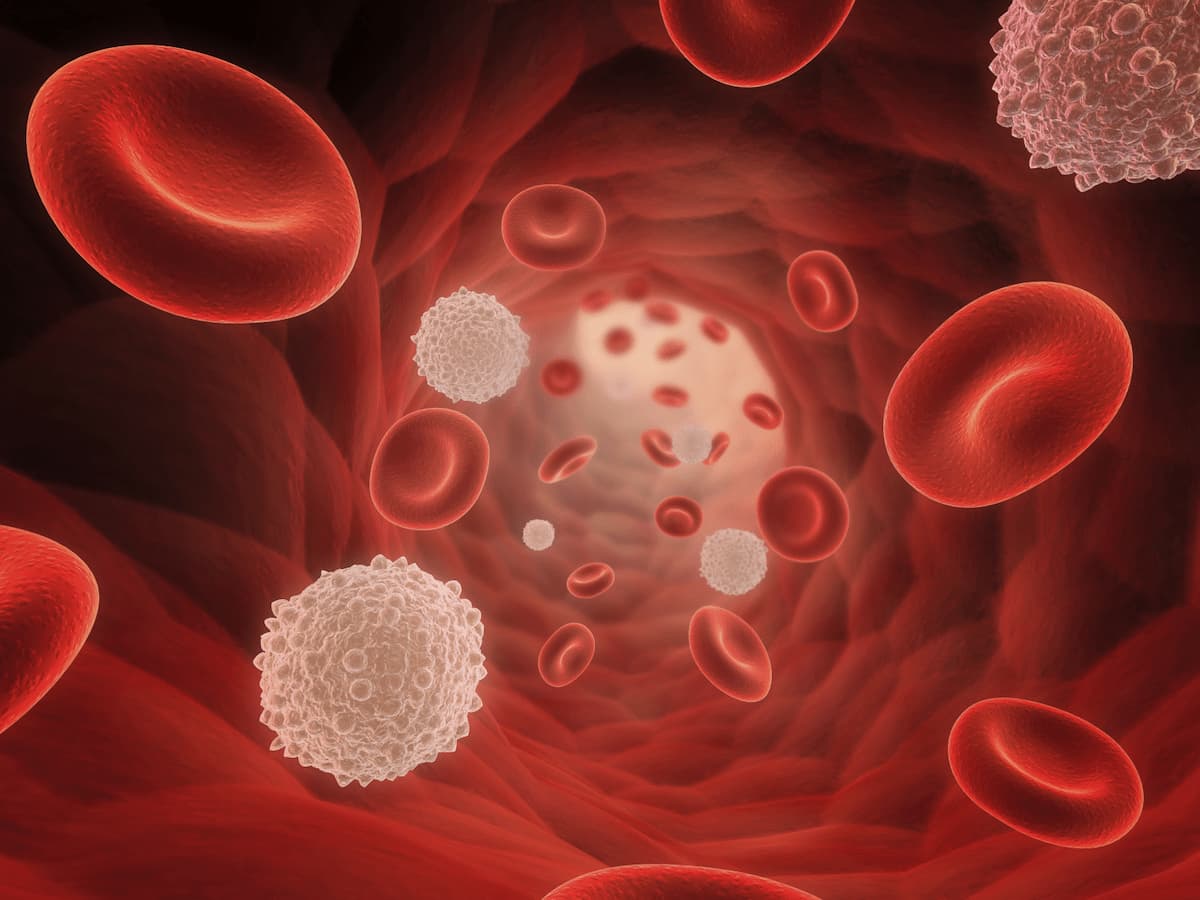Liso-cel Demonstrates Significant Responses in Relapsed/Refractory MZL
In the phase 2 TRANSCEND FL trial, lisocabtagene maraleucel met its primary end point of overall response rate in patients with marginal zone lymphoma.
In the phase 2 TRANSCEND FL trial, lisocabtagene maraleucel met its primary end point of overall response rate in patients with marginal zone lymphoma.

Lisocabtagene maraleucel (Breyanzi; liso-cel) demonstrated durable responses and a safety profile consistent with historical standards, with no new safety signals observed, in patients with relapsed or refractory marginal zone lymphoma (MZL), according to a news release on data from the phase 2 TRANSCEND FL (NCT04245839) from the drug’s developer, Bristol Myers Squibb.1
Data revealed that the primary study end point, overall response rate (ORR) was met. Additionally, the trial met its key secondary end point of complete response rate (CRR). According to the press release, liso-cel has demonstrated clinically meaningful benefit in 5 cancer types following the results from this study, the most of any CD19-directed CAR T-cell therapy.
“[MZL] is a slow-growing cancer that, for many, has a favorable prognosis. But for those patients who relapse or become refractory, the disease can be quite aggressive, and there is a need for new effective and tolerable treatment options to address this unmet critical need,” Rosanna Ricafort, MD, vice president and head of Late Development Program Leadership, Hematology and Cell Therapy at Bristol Myers Squibb, stated in the news release.1 “We are pleased that the TRANSCEND FL study supports the potential of [liso-cel] in [MZL] and look forward to presenting detailed results from the study at an upcoming medical meeting.”
Results from the phase 2 study previously published in Nature in June 2024 showed that 139 patients with relapsed or refractory indolent non-Hodgkin lymphoma were enrolled on the trial.2 Those treated either received lisocabtagene maraleucel as third- or fourth-line therapy (n = 114) or second-line therapy (n = 25) after disease progression at 24 or fewer months following diagnosis (POD24) and prior treatment with an anti-CD20 antibody and alkylating agent at less than 6 months after initial diagnosis (45%). Most patients also met at least 1 metastatic Groupe d’Etude des Lymphomes Folliculaires (mGELF) criterion (56%).
Patients on trial initially underwent leukapheresis for liso-cel manufacturing, before being treated with 30 mg/m2 of daily intravenous fludarabine and 300 mg/m2 of daily intravenous cyclophosphamide for 3 days (LDC). A single liso-cel infusion at a target dose of 100 x 106 CAR-positive T cells was given 2 to 7 days later, with optional bridging therapy permitted for disease control. Reconfirmation of PET/CT-positive disease was required before LDC.
Patients on trial had a median age of 60 years (range, 23-80); 64% were male, 53% were White, and 35% had an unknown race. A total of 63% of patients had an ECOG performance status of 0 at screening, 75% had grade 1 or 2 follicular lymphoma, and 52% had Ann Arbor stage IV disease. Additionally, there was a median of 2 prior lines of therapy (range, 1-10).
The primary study end point was ORR per independent review committee by PET/CT. Secondary end points included CRR, duration of response, progression-free survival, overall survival, and safety.
Previously reported safety data showed that among patients treated with liso-cel eligible for analysis (n = 130), 97 (75%) had experienced a grade 3 or higher treatment-emergent adverse event (TEAE), with 32 (25%) having experienced a serious TEAE. The most common grade 3 or higher TEAEs included neutropenia (58%), anemia (10%), and thrombocytopenia (10%).
Cytokine release syndrome (CRS) was observed in 58% of patients, with a median onset of 6 days (range, 1-17) and a median duration of 3 days (range, 1-10). Only 1 patient experienced grade 3 CRS, with no grade 4 or 5 instances reported. Furthermore, any-grade neurological events occurred in 15% of patients, with a median onset of 8.5 days (range, 4-16), and taking a median of 3.5 days (range, 1-17) to resolve. Only 3 patients experienced grade 3 neurological events, and no grade 4 or 5 events observed.
References
- Bristol Myers Squibb announces positive topline results for Breyanzi® (lisocabtagene maraleucel) in adult patients with relapsed or refractory marginal zone lymphoma. News release. Bristol Myers Squibb. February 10, 2025. Accessed February 10, 2025. https://tinyurl.com/382esjk9
- Morschhauser F, Dahiya S, Palomba ML, et al. Lisocabtagene maraleucel in follicular lymphoma: the phase 2 TRANSCEND FL study. Nat Med. 2024;30(8):2199-2207. doi:10.1038/s41591-024-02986-9
Newsletter
Stay up to date on recent advances in the multidisciplinary approach to cancer.
Highlighting Insights From the Marginal Zone Lymphoma Workshop
Clinicians outline the significance of the MZL Workshop, where a gathering of international experts in the field discussed updates in the disease state.